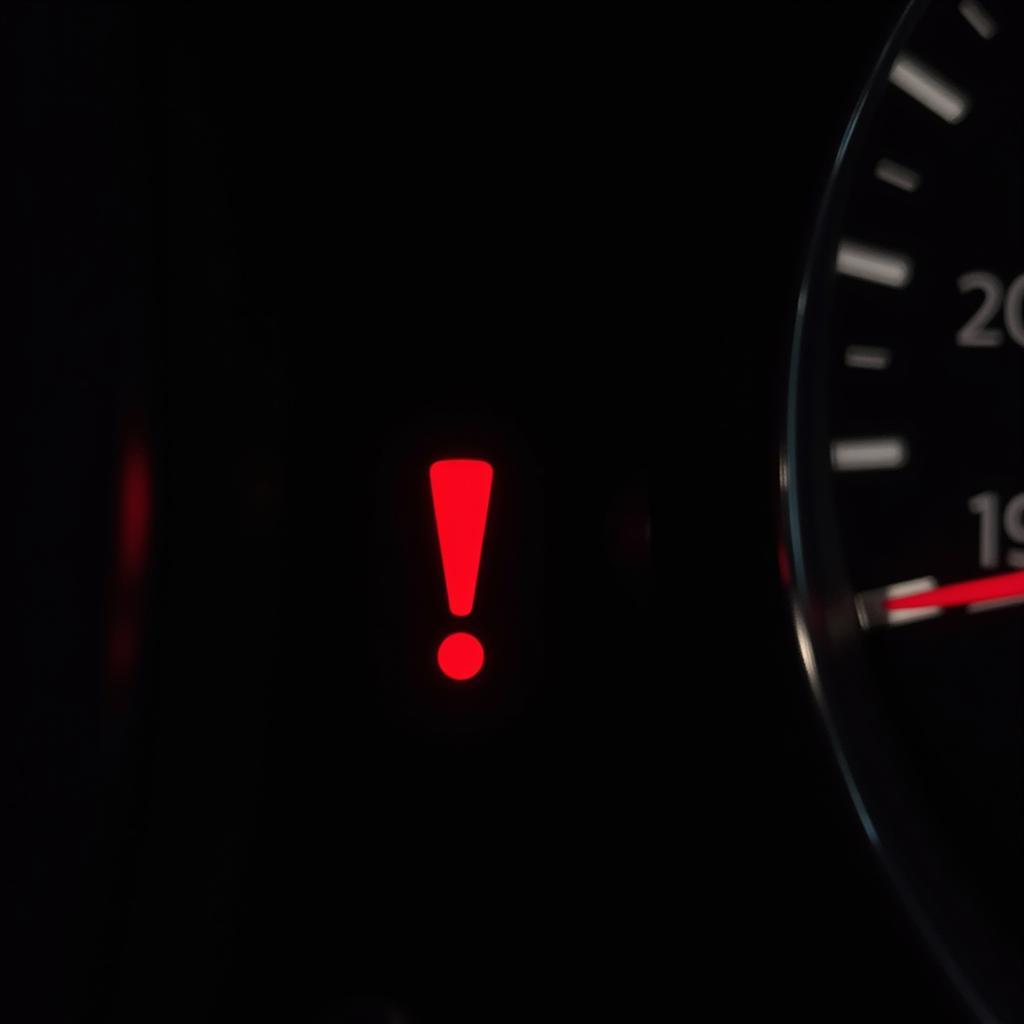Yes, Northern Europe absolutely has a salt car rust problem. In countries like Sweden, Finland, Norway, and Denmark, harsh winters necessitate the heavy use of road salt to combat ice and snow. This salt, while crucial for road safety, wreaks havoc on vehicles, accelerating the corrosion process and leading to unsightly rust.
Why is Road Salt So Damaging to Cars?
Road salt, primarily composed of sodium chloride, creates an electrolyte solution when mixed with water. This solution facilitates the flow of electrons, speeding up the electrochemical reaction that causes rust. Essentially, the salt accelerates the oxidation of iron in your car’s metal components.
How Does Climate Exacerbate the Salt Car Rust Problem in Northern Europe?
The cold, wet climate of Northern Europe further intensifies the problem. Freezing temperatures cause water to expand, creating cracks and crevices in the car’s paint and undercarriage. These cracks provide entry points for the salt solution, allowing it to reach the bare metal and initiate the rusting process. Moreover, the frequent thawing and refreezing cycles create a constant supply of salty water, further accelerating corrosion.  Northern European Winter Road with Salt
Northern European Winter Road with Salt
Does Northern Europe Have More of a Salt Rust Problem Than Other Regions?
While many regions experience winter and use road salt, Northern Europe’s particular combination of harsh winters, frequent temperature fluctuations, and high salt usage creates a particularly corrosive environment. Other factors, such as proximity to the sea with its salt-laden air, can also contribute to the problem.
How Can I Protect My Car from Salt Damage in Northern Europe?
Protecting your car from salt damage in Northern Europe requires a proactive approach. Regular washing, especially during and after winter, is crucial to remove salt residue. Undercoating your car provides an extra layer of protection for the undercarriage. Keeping your car garaged when possible also limits its exposure to the elements.
- Regular Washing: Wash your car thoroughly, including the undercarriage, at least once a week during winter.
- Undercoating: Apply a rust-proof undercoating to protect the undercarriage from salt and moisture.
- Garage Storage: Store your car in a garage whenever possible to minimize exposure to road salt and the elements.
- Rustproofing Treatments: Consider professional rustproofing treatments for added protection.
“Regular washing is the single most important thing you can do to protect your car from salt damage,” advises Lars Rasmussen, a senior automotive technician in Copenhagen. “It’s a simple yet highly effective preventative measure.”
What are the Signs of Salt Damage on a Car?
Early signs of salt damage include bubbling paint, small rust spots, and flaking metal, particularly on the undercarriage, wheel wells, and lower body panels. If left untreated, the rust can spread, compromising the structural integrity of the vehicle.
“Don’t ignore those seemingly minor rust spots,” cautions Anya Johansson, an automotive engineer from Stockholm. “Early detection and treatment are key to preventing extensive and costly repairs.”
Conclusion
Does Northern Europe have a salt car rust problem? The answer is a resounding yes. The combination of heavy road salt usage, cold temperatures, and frequent freeze-thaw cycles creates a highly corrosive environment for vehicles. However, by taking preventative measures such as regular washing, undercoating, and rustproofing treatments, you can significantly reduce the risk of salt damage and prolong the life of your car. For expert advice and assistance with car maintenance and repair in the area, contact AutoTipPro at +1 (641) 206-8880. Our office is located at 500 N St Mary’s St, San Antonio, TX 78205, United States.
FAQ
-
What type of car wash is best for removing road salt? A touchless car wash with an undercarriage wash is the most effective way to remove road salt without scratching your car’s paint.
-
How often should I wash my car in winter? Aim to wash your car at least once a week, or more frequently if you live in an area with heavy salt usage.
-
Is it worth getting a professional rustproofing treatment? Yes, professional rustproofing can provide long-lasting protection against corrosion, especially in harsh climates.
-
What are the long-term effects of salt damage on a car? Untreated salt damage can lead to structural weakening, decreased resale value, and eventually, the need for costly repairs or even vehicle replacement.
-
Can I repair rust damage myself? Minor surface rust can sometimes be treated with DIY rust removal products, but more extensive damage requires professional repair.
-
What is the best way to store a car in winter to prevent rust? Storing your car in a dry, heated garage is ideal. If a garage isn’t available, consider using a car cover.
-
Are some cars more susceptible to rust than others? Yes, the quality of the car’s materials and the manufacturer’s rustproofing methods can affect its susceptibility to rust.






Leave a Reply